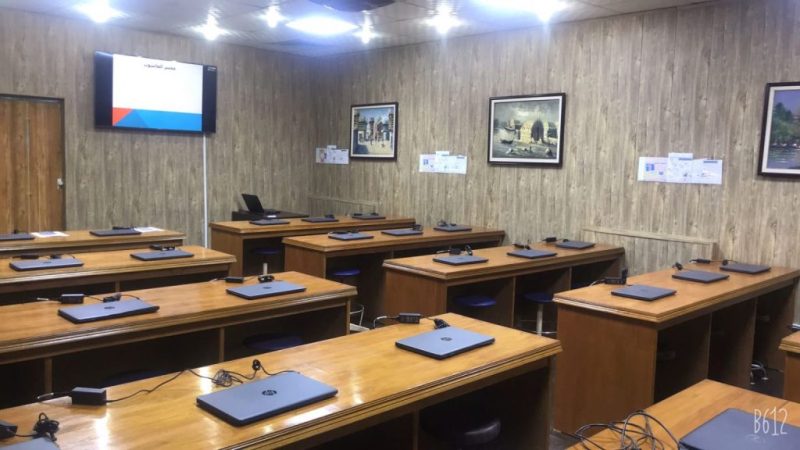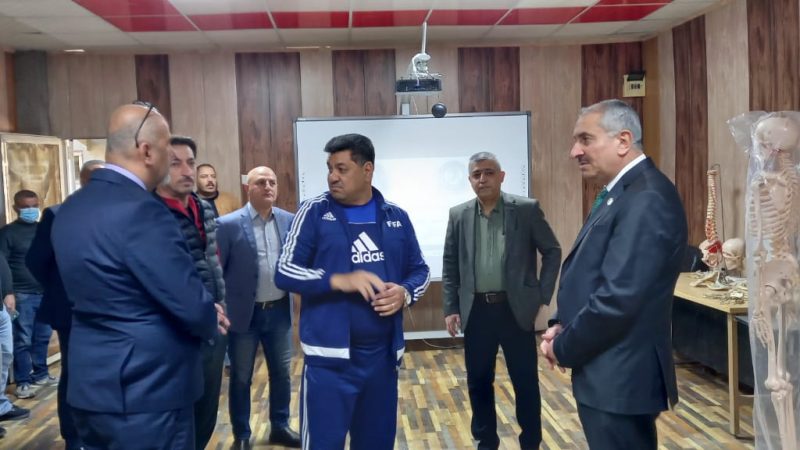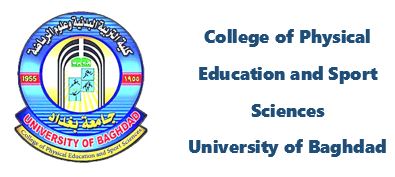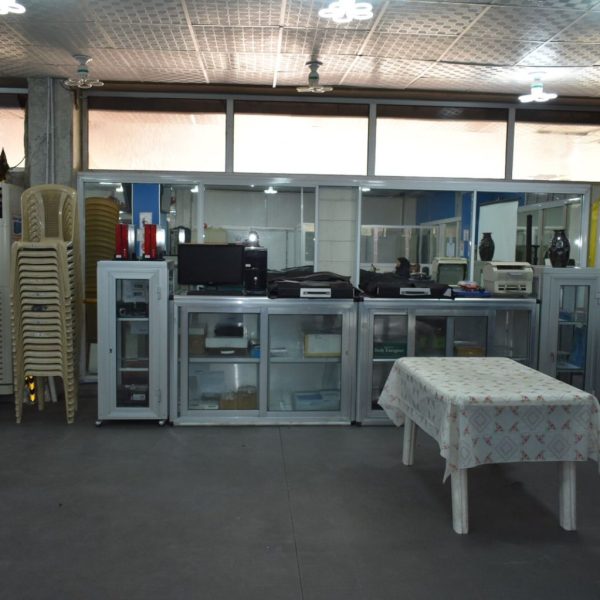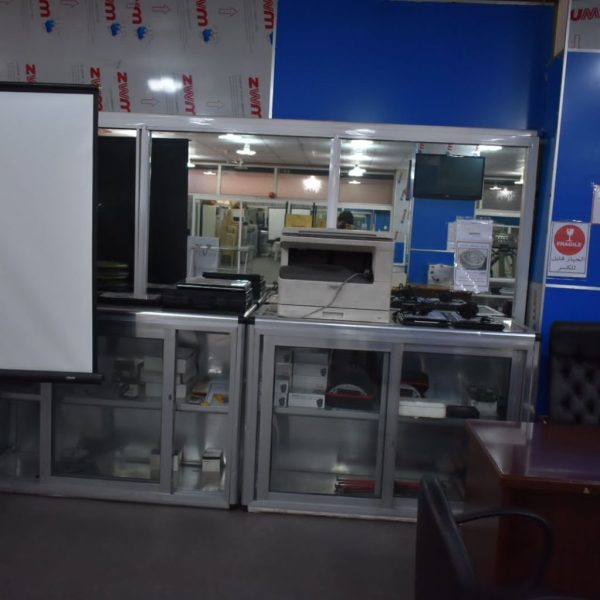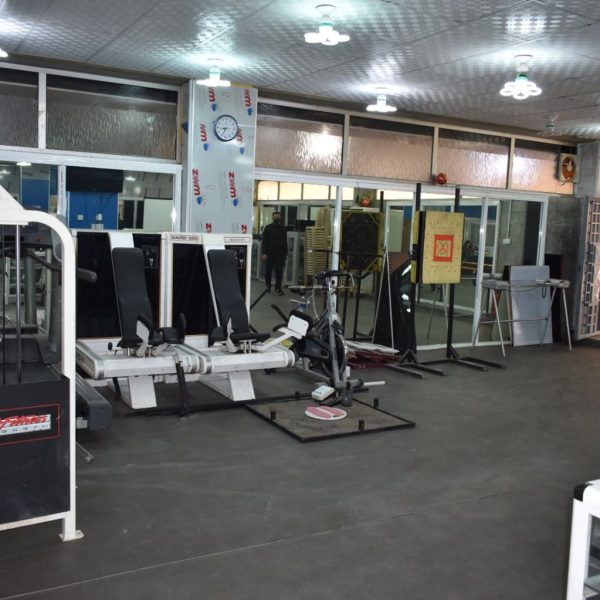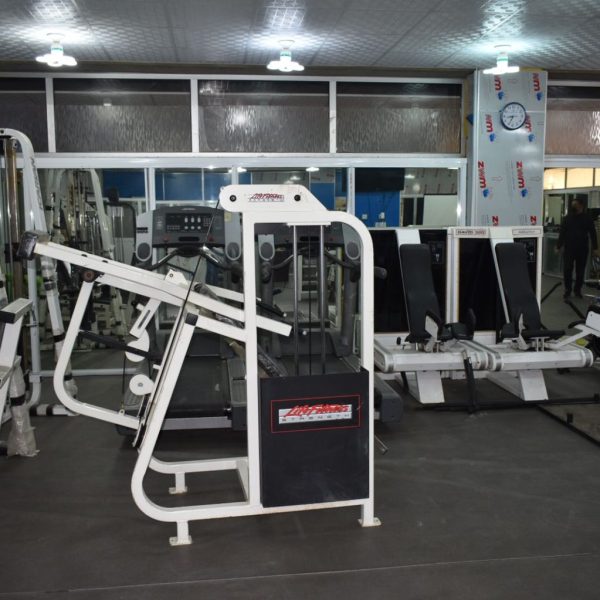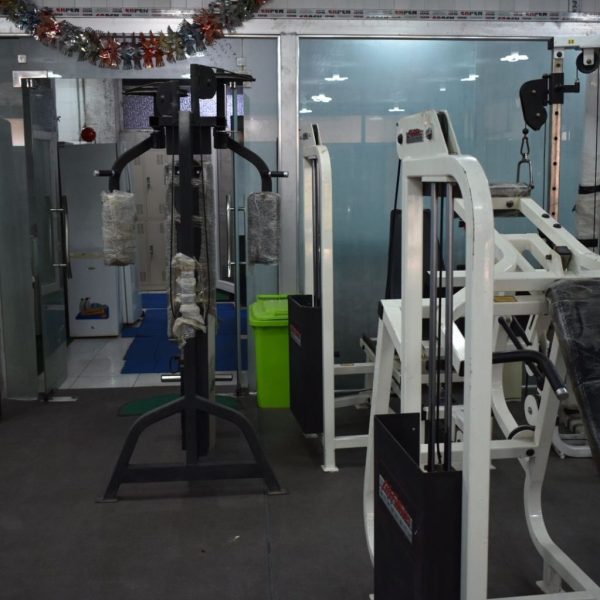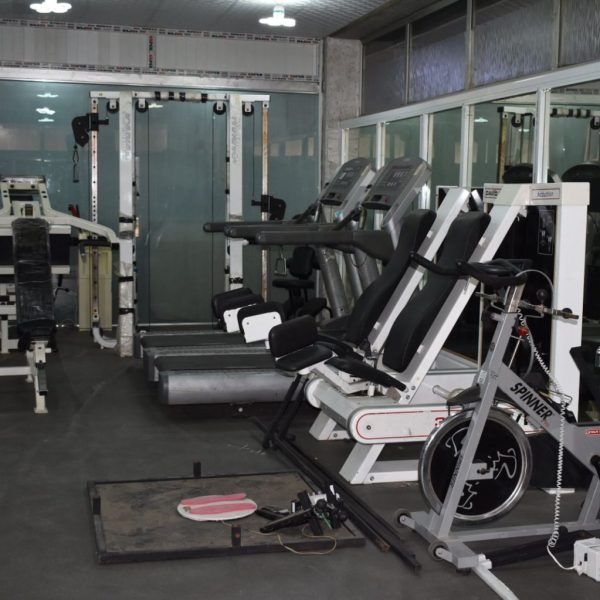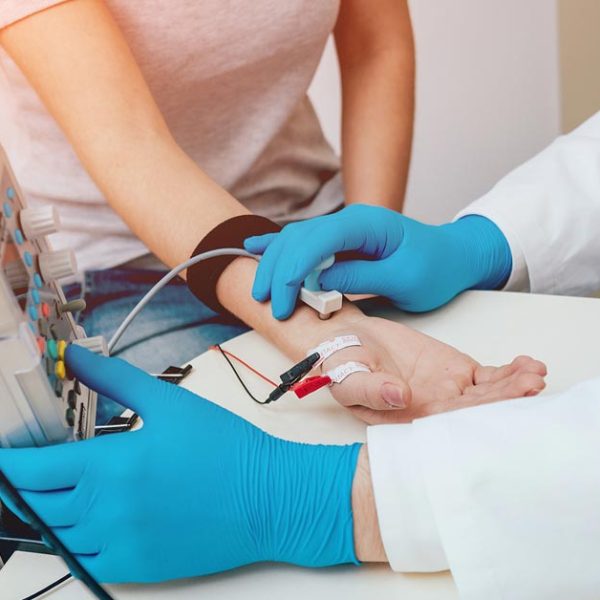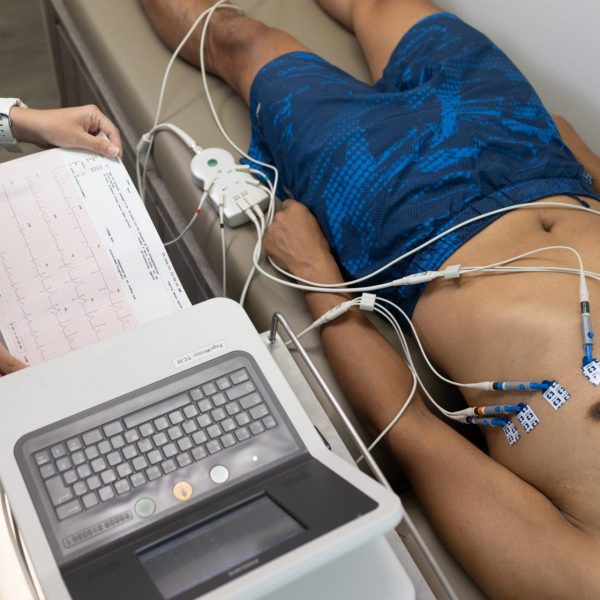Scientific laboratories are the basis for the development of scientific research, through which researchers can conduct their research experiments to reach indubitable scientific facts. The development of physical education science has prompted international companies that produce scientific equipment to propose a special production line for physical education science, and scientific equipment for physical education that simulates Its environment, including what is specialized in the development of movement, the physiology of physical effort, motor learning, and psychology.
Accordingly, the scientific laboratory was established in the College of Physical Education at the University of Baghdad since the opening of the new college building in the year (1985) and was equipped with modern laboratory equipment. Due to the circumstances that Iraq went through from the year (1990) until the year (2003), the laboratory suffered from a severe shortage. In the equipment, some of them were worn out or had irreparable malfunctions. By the year 2008, the Deanship of the College of Physical Education began equipping the laboratory with the latest modern scientific equipment in the world and from original international origins according to an equipment plan prepared for this purpose. The goal of this step is to facilitate the work of Postgraduate and undergraduate students are required to obtain equipment and for the research submitted to rise to the high level that befits the reputation, history and status of the College of Physical Education at the University of Baghdad.
The Sports Physiology Laboratory is one of the most important laboratories in the teaching curriculum of the College of Physical Education and Sports Sciences in order to achieve the cognitive level of students, as through it it is possible to study the functions of the vital organs of athletes and various sports, the effects of exercise as a result of training, detecting the athlete’s health condition, and the ability to achieve sports achievements and predict what he achieves. The athlete, The Sports Physiology Laboratory is also the mainstay of scientific research for initial student research projects and postgraduate research, and for uncovering developments in the field of training physiology, physical fitness, and health fitness. Western countries preceded us in establishing these laboratories since 1902 and have been credited with the development of this science, which is considered one of the mainstays of scientific research. The most important sciences of physical education and sports sciences. The sports physiology laboratory must also be unique in terms of location, medical equipment, and the medical equipment and tools it contains:
EMG device/ ECG device/ Cardiac stress test device/ Sphygmomanometer/ Spirometer/ The Fatmate device measures respiratory efficiency and physical efficiency/ Lactate pro lactic acid measuring device/ A scale device to read indicators of weight, mass, and fluid percentage in the body/ Conveyor belt device for measuring anaerobic and aerobic capacity/ Arco Meter/ stationary bike device for measuring anaerobic and aerobic capacity/ And other training tools and resistance.
The computer laboratory in the College of Physical Education and Sports Sciences, which is located next to the theoretical sciences branch, and which has been rehabilitated with the latest computers, devices and technical equipment, including smart screens and advanced display devices, to be ready for students’ lectures on the practical side.
The anatomy laboratory in its new look, which is equipped with the latest advanced display technologies, including smart screens, computers with high specifications, and various models and posters representing the structure and composition of the human body’s systems, with an educational program ready for the purpose of facilitating students’ understanding of the material, in addition to equipping the hall with lighting and air conditioning to serve the students, so that it is ready to deliver theoretical lectures on College students, first stage
